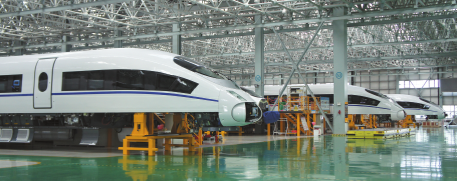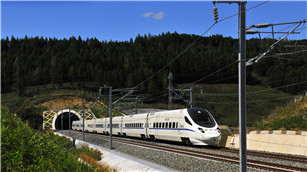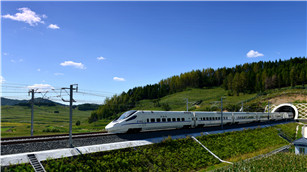Further reform and steady growth
By Li Fusheng
2015-02-16
Jilin province in Northeast China has continued to make notable achievements even amid slowing economic growth in the nation, said a senior provincial official.
The provincial government has curbed an economic downturn by bringing into full play the role of pillar industries, said Jilin Governor Jiang Chaoliang when he addressed the province's people's congress on Feb 9.
Jiang said the government has gradually scaled up funding for infrastructure as continuing investment is a crucial measure to ensure steady growth.
Among others, investment in fixed assets in 2014 grew more than 15 percent from the previous year and the number of projects that each cost more than 100 million yuan reached 2,011, 143 more than in 2013.
Major projects that completed in 2014 included the railway connecting Songyuan with Taolaizhao, expressways from Zhenlai to Baicheng and from Liaoyuan to Wulongling as well as Sanyuanpu Airport in Tonghua city.
Local authorities have worked hard to expand the customer base provincial products, with 1,000 local businesses selling products on China's e-commerce giant Taobao.com.
The efforts have paid off, according to local statistics, which show Jilin's GDP grew 6.5 percent to 1.38 trillion yuan in 2014, ranking the province first in Northeast China.
 |
|
[Photo by Qiu Zhaomin/China Daily] |
Imports and exports totaled $26.4 billion for the year, a 2.1 percent increase over 2013.
As its economy enters into the new normal of medium growth, the provincial government has stepped up efforts to consolidate its pillar industries and at the same time seek new driving forces.
Traditional sectors like the auto manufacturing, petrochemicals and food processing industries contributed around 85 percent to the province's economic growth in 2014. New industries such as medicine and high-end equipment manufacturing are gaining momentum, said officials.
The provincial government also initiated a three-plan blueprint to boost development of the service industry and helped establish three technical alliances.
In addition, the government is working hard to promote coordinated development among different regions, with more effort made to accelerate the development of an eco-economic region in the western part of the province.
Efforts were also made to promote urbanization in 2014 and positive results were made at 22 townships and two counties.
With Jilin the country's granary, agriculture has been one of the most important issues on the government's agenda, said local officials.
Local authorities have improved irrigation facilities and introduced measures to improve farmland fertility. Statistics show that the province is now home to 625 sectors of arable land each measuring more than 10,000 mu, or 666.7 hectares.
Technology has been introduced to improve the yields of 5 million mu, or 330,000 hectares, and agricultural machinery is now used on 77.9 percent of all the arable land in the province. Local authorities have also initiated programs to ensure food safety, while animal husbandry and ginseng plantations are developing fast.




